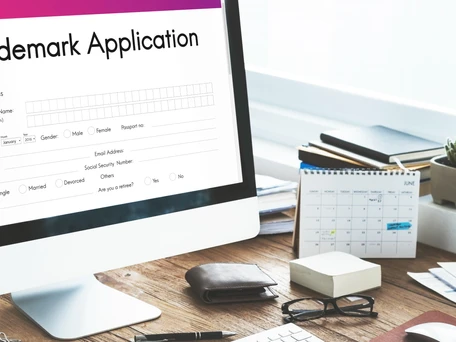TRADEMARK IN THE WORLD OF INTELLECTUAL PROPERTY RIGHTS
Introduction Trademark is an emerging concept which earlier many people did not know. Trademark as the name suggests is any kind of mark which represents a company or a brand or a business. For example, McDonald’s, Dominos, KFC, etc. A mark should be unique and different from other marks. It should not be identical or similar. In present time, it is important for a brand to has its own mark which should be different so that no confusion is created among the public. Trademark is defined under Section 2(zb) of the Trademarks Act, 1999. It states some following essential elements of trademark- A company’s or a brand’s mark should be a unique one in the market especially for well-known brands so that it’s easier for the public to remember the same and to differentiate from other marks. The role of trademark is important because if there will be a greater number of similar marks in the market, it can create confusion and can also mislead public. Not only this, if anyone infringes the right of the owner regarding trademark, then he will be liable under Trademarks Act, 1999. The registration of trademark is very important to claim damages if anyone has infringed the owners right. Trademark include- Word mark, Device mark, Shape mark, Colour mark and Dimension mark. The most used marks in today’s time are Word mark and Device mark. The procedure as well as the registration of Trademark is not easy as it seems like. One main thing to remember in Trademark is that it has total number of 45 classes which is divided into two classes- from class 1 to class 34 (Goods) and from class 35 to class 45 (Services). Stages of Trademark- To apply for trademark, it is important to remember that TM-M is the application form for trademark. Both the Word and the Device mark have same stages but with some slight differences. For DEVICE MARK (include both word and any picture or shape or colour mark) SENT TO VIENNA CODIFICATION The application is first sent to Vienna codification, where Vienna codes are given of around 12 digits for specific marks. These Vienna codes are different from each mark and cannot be repeated again. FORMALITY CHECKPASS/FORMALITY CHECK FAIL The second stage is formality check pass/formality check fail where if everything is correct, and all the documents are attached, it will be Formality check pass. When all the documents are not attached and any other formality is pending, then it will be considered as Formality check fail. MARKED FOR EXAMINATION The third stage is marked for examination where the examiner checks that the applied mark is right or not, whether is there any other similar mark or not. ACCEPTED & ADVERTISED Now, the fourth stage is an important stage because here the trademark is accepted & advertised in the trademark journal but not registered. The trademark is published in the journal after all the above formalities are done. During this stage, when the trademark is advertised in the journal, a person can file for opposition within 4 months of advertising the trademark. opposition is done by the third party. there is a certain procedure of opposition. OPPOSITION REGISTRATION When the mark is accepted it is registered for 10 years. For WORD MARK, the procedure is same with the difference that the procedure for word mark will start from FORMALITY CHECKPASS/ CHECK FAIL. The Ministry has the right to OBJECT the mark under Section 9 & Section 11 of the Act during ACCEPTANCE AND ADVERTISED. The Ministry will send the NOTICE OF OPPOSITION to the party and if the party HAS NOT REPLIED WITHIN 1 MONTH, then the application will get ABANDONED. The trademark application can be- Abandoned, objected, refused, withdrawn, opposed, accepted & advertised depending upon the circumstances of the same. At last, when everything is done, the trademark is finally registered for 10 years and after 10 years it can also be renewed. Trademark is playing an important role to protect Intellectual property of a company, brand or business and it avoids to create likelihood or confusion in the market.

